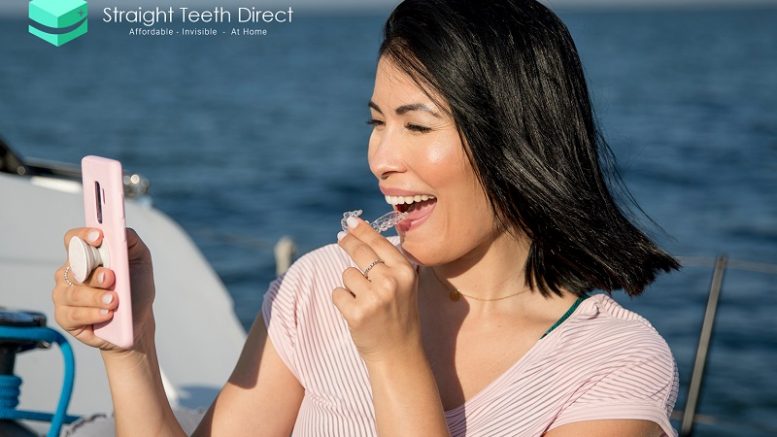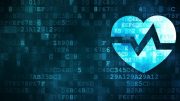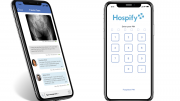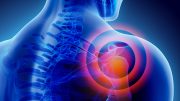By Dr Aalok Y Shukla
New technologies mean new paradigms are possible. This raises questions:
- Can a health specialty evolve beyond its previous business model?
- Can technology redefine and amplify the role of a clinician?
- Can the incentives be changed in order to create better oral health for more people not just more fee generating procedures?
Yes they can and let’s see how emerging technologies can be used to redesign dentistry to scale globally.
In the past dentistry used to comprise of mainly extracting diseased teeth, a painful experience everyone wanted to avoid. Modern dentistry has enabled people to keep their teeth for longer as there are now many procedures to repair damaged teeth, consisting mainly of fillings, crowns and implants. However this reparative tendency has increased a lot with a large percentage of daily dental treatments consisting of replacing older dentistry. Starting with the pediatric dentist right through the dental system, this is known as the restorative staircase – where a filling then gets replaced with a bigger filling, which then turns into the tooth needing a root canal, then the tooth as weakened now needs a crown, then the root canal fails and it needs an extraction, then a dental implant restoration to replace it…
The problem here is that the only way a dental clinic makes money is by doing a new procedure. There is currently no effective business model for prevention (apart from the sales of toothpaste, mouthwash and oral health aids which can’t effectively support the overhead of a clinic). The majority of reduction of tooth decay has been due to the introduction of fluoridated toothpastes from consumer oral health companies, which means the population en masse can brush twice a day and strengthen their tooth enamel. There is a need for a redesign of the system.
Modern Dentistry really has two parts to it:
- Psychosocial dimension: Feeling happy with your smile – orthodontics, prosthodontics, cosmetic dentistry, where providers like Orthodontics Sydney will help patients achieve optimum cosmetic outcomes.
- Health dimension: No disease in the mouth – gum disease, tooth decay, root canals, jaw pain, oral cancer
Technology can help here in redesigning a solution that scales to the population. The ideal solution will consist of three elements creating a continuous approach to oral health:
- Continuous digital monitoring of oral health for early detection of disease – Telemonitoring
- Preventive, interceptive and reparative at home solutions – Teletreatment
- In-Clinic minimally invasive reparative, regenerative and enhancing solutions – In clinic treatment
In the future technologies such as computer vision and saliva based diagnostics will help monitor health at home. Remote assessments will become commonplace enabling trends to be spotted and conditions to be caught at the earliest stage before issues develop into more serious and complex problems.
New solutions like nanotechnology based advanced toothpastes and rinses will be developed to help combat tooth decay and gum disease by changing the surface vulnerabilities/properties of teeth, and even repairing/strengthening teeth further, and at home remote-supervised 3D printed custom-made appliance therapy can straighten teeth and protect teeth from grinding, making orthodontics accessible to all.
Dental disease is not an event it is a gradual process that monitoring and algorithmic prediction can manage. Everyone will have access to their own records and dental history, and the system will be predictive, helping highlight when it looks like your dental health is deteriorating – so you can take corrective actions to improve your gum health and reduce chances of tooth decay in a more transparent way. This new technological layer which will enable continuous health monitoring and remote treatment, will help change the face of modern dentistry.
Currently in even the most developed countries 50% of people don’t go to the dentist, but in the future you won’t need to visit a dental clinic to be cared for by a dentist. Dentists will have full lists of digital and physical patients, monitoring and managing them both as they are one and the same, screening the elderly and young from the comfort of their homes, overseeing regenerative and reparative courses of remote treatment patients are having at home, and then planning and delivering efficient treatments in clinic.
This means people will be able to enjoy better oral health and feel better about their smiles by benefiting from the very latest in dental care irrespective of their proximity to a dental clinic.
About the author
Dr Aalok Y Shukla is a healthtech entrepreneur with a clinical background in dentistry. He has a particular focus on artificial intelligence and its clinical applications to deliver a more scalable, data driven approach to digital health services. After running his private practice in London for 7 years, he sold in 2016 and refocused on the unmet demand for accessible, affordable orthodontic care. He co-founded Straight Teeth Direct™ platform & mobile app that offers affordable convenient teleorthodontics to people who would not otherwise be seeking a solution and a new way to work for clinical dentists.





